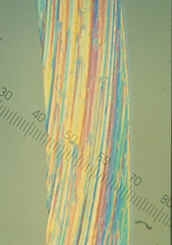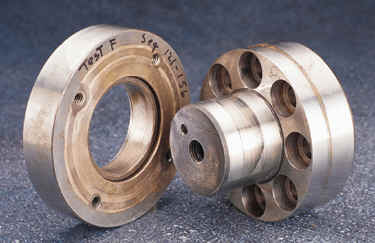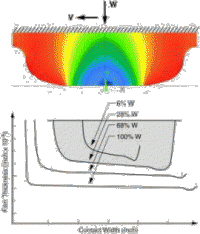Tribology

Tribology, a word coined in the 1960s from the Greek “tribos” for “rubbing,” is the science of interacting surfaces in moving contact involving multi-disciplines of friction, lubrication, and wear. Tribological issues are frequently the underlying cause of a majority of mechanical equipment failures and degradation. Kalsi Engineering personnel have been supporting the industry by providing fundamentally sound tribological solutions to dynamic seal, bearing, and mechanical contact problems by analysis, testing, research, and development.

Capabilities
- Hydrodynamic / elastohydrodynamic lubrication analysis
- Analytical modeling of metal-to-metal (hard) and elastomer/polymer-to-metal (soft) contacts by finite element analysis including material and geometrical nonlinearities
- Subscale and full-size testing to evaluate performance and life of lubricated and unlubricated contacts
- Friction, wear, and galling testing of components
- Wear prediction modeling and accelerated wear testing to confirm predictions
- Evaluation of lubricants, greases, surface treatments, and abrasive environments


